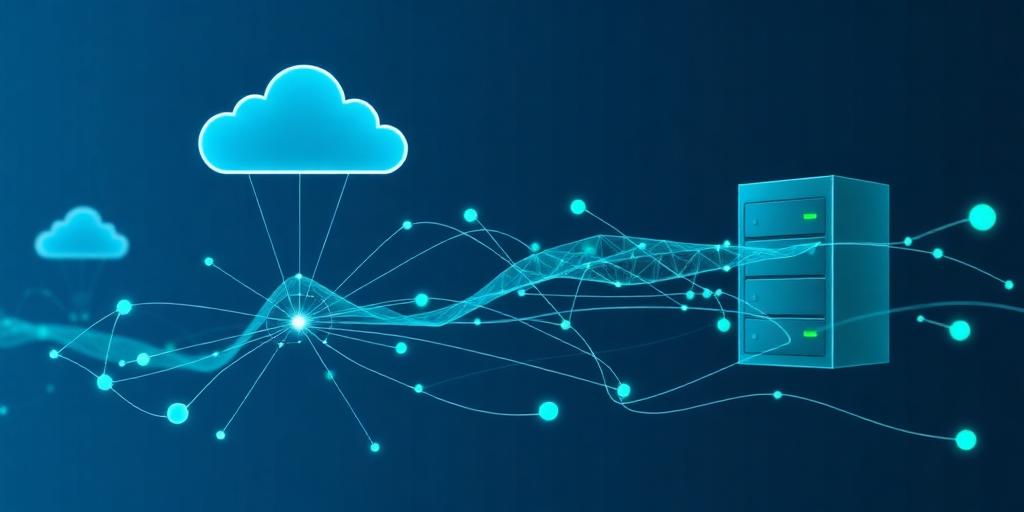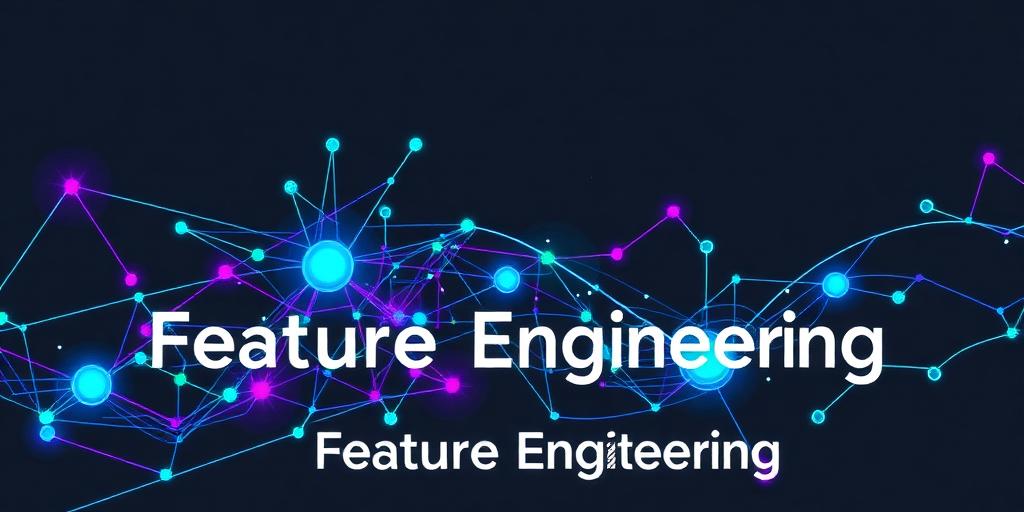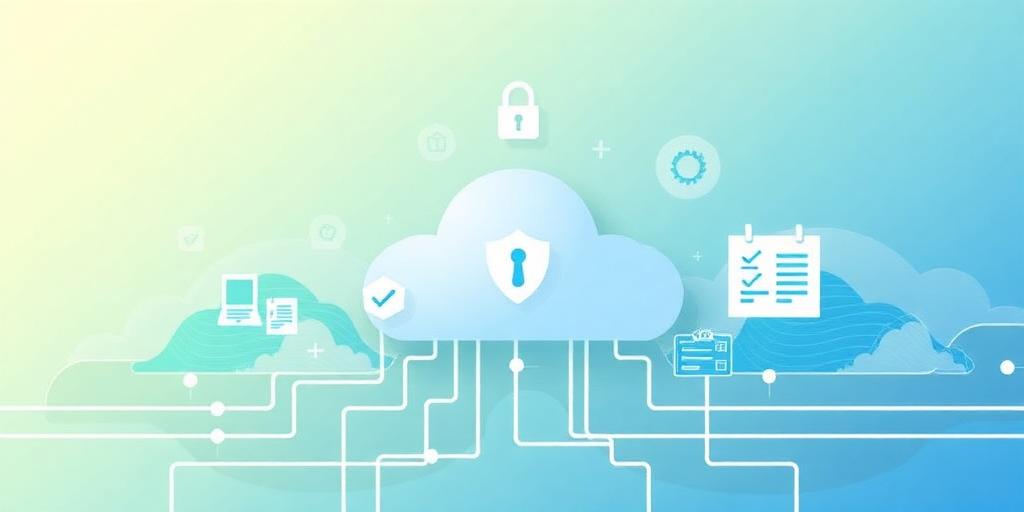A Guide to Cloud Databases: Choosing the Right One for Your Needs
The landscape of data management has undergone a profound transformation with the advent of cloud computing. Organizations are increasingly migrating their critical data infrastructure to the cloud, seeking enhanced scalability, reliability, and cost-efficiency. At the core of this transformation are cloud databases, managed services that abstract away the complexities of traditional database administration, allowing businesses to focus on innovation rather than infrastructure. This guide provides an authoritative overview of cloud databases and essential considerations for selecting the optimal solution for your specific requirements.
Understanding Cloud Databases
Cloud databases are databases built, deployed, and delivered through a cloud computing platform. Unlike on-premises databases, which require significant capital expenditure for hardware, software licenses, and ongoing maintenance, cloud databases operate on a pay-as-you-go model. Key characteristics include:
- Managed Services: The cloud provider handles database provisioning, patching, backups, scaling, and high availability, significantly reducing operational overhead.
- Scalability: Resources (storage, compute) can be scaled up or down elastically, often with minimal downtime, to meet fluctuating demands.
- High Availability & Durability: Built-in redundancy and automated failover mechanisms ensure continuous operation and data integrity.
- Cost Efficiency: Eliminates upfront infrastructure costs and allows for optimization based on actual usage.
- Global Reach: Easily deployable across multiple regions and availability zones, facilitating global data access and disaster recovery.
Types of Cloud Databases
Cloud providers offer a diverse array of database services, each optimized for different data models and use cases. Understanding these categories is crucial for choosing the right cloud database.
Relational Databases (SQL)
These databases store data in structured tables with predefined schemas, enforcing relationships between data points. They are ideal for applications requiring strong transactional consistency (ACID properties) and complex queries. Examples include Amazon RDS (for MySQL, PostgreSQL, SQL Server, Oracle, Aurora), Azure SQL Database, and Google Cloud SQL.
NoSQL Databases
Designed for flexibility, scalability, and handling unstructured or semi-structured data, NoSQL databases diverge from the traditional relational model. Common types include:
- Document Databases: Store data in flexible, semi-structured documents (e.g., JSON). Excellent for content management, catalogs, and user profiles. Examples: Amazon DynamoDB (document model), Azure Cosmos DB (DocumentDB API), MongoDB Atlas.
- Key-Value Databases: Simple, highly scalable databases that store data as a collection of key-value pairs. Best for caching, session management, and real-time data. Examples: Amazon DynamoDB (key-value), Redis, Google Cloud Memorystore.
- Column-Family Databases: Store data in columns that can be grouped into families. Optimized for high write throughput and large-scale data analytics. Example: Apache Cassandra (available as managed services like DataStax Astra DB).
- Graph Databases: Represent data as nodes and edges, ideal for modeling relationships. Used in social networks, recommendation engines, and fraud detection. Examples: Amazon Neptune, Neo4j AuraDB.
Data Warehouses and Analytics Databases
These are optimized for large-scale analytical queries and business intelligence, often supporting petabytes of data. Examples: Amazon Redshift, Google BigQuery, Snowflake.
In-Memory Databases
Store data primarily in RAM to achieve ultra-low latency for real-time applications, caching, and analytics. Examples: Redis, Amazon ElastiCache.
Key Factors for Cloud Database Selection
Selecting the appropriate cloud database solution requires a thorough evaluation of several critical factors. This ensures you align technology with business objectives and technical requirements, optimizing your cloud database selection criteria.
- Data Model & Structure: Does your data fit a rigid relational schema, or is it highly flexible and unstructured? This is the primary determinant for choosing between SQL and NoSQL.
- Scalability Requirements: How much growth do you anticipate in terms of data volume and user concurrency? Consider both vertical (scaling up) and horizontal (scaling out) capabilities.
- Performance Needs: What are your latency and throughput requirements? Real-time applications demand low-latency, high-throughput databases.
- Cost Considerations: Evaluate pricing models (on-demand, reserved instances), data transfer costs, and the total cost of ownership (TCO) including operational savings.
- Security & Compliance: Assess data encryption (in-transit and at-rest), access controls, and compliance certifications (e.g., GDPR, HIPAA, PCI DSS) relevant to your industry.
- Managed vs. Self-Managed: While cloud databases are primarily managed, some services offer more control than others. Determine your preferred level of operational responsibility.
- Ecosystem & Integrations: Consider how well the database integrates with your existing applications, development tools, and other cloud services.
- Vendor Lock-in: Evaluate the ease of migrating data to another provider or an on-premises solution if needed. Open-source based services often offer more flexibility.
- Developer Experience: Consider the availability of SDKs, APIs, and community support for your chosen programming languages.
Popular Cloud Database Options
Leading cloud providers offer robust database portfolios:
- Amazon Web Services (AWS): Offers Amazon RDS (relational), DynamoDB (NoSQL key-value/document), Aurora (relational with MySQL/PostgreSQL compatibility), Redshift (data warehouse), Neptune (graph), and ElastiCache (in-memory).
- Microsoft Azure: Provides Azure SQL Database (relational), Cosmos DB (multi-model NoSQL), Azure Database for PostgreSQL/MySQL/MariaDB, and Azure Synapse Analytics (data warehouse).
- Google Cloud: Features Cloud SQL (relational), Firestore (NoSQL document), Bigtable (NoSQL wide-column), Spanner (globally distributed relational), and BigQuery (serverless data warehouse).
Conclusion
The strategic selection of a cloud database is pivotal for modern application development and data management. By thoroughly assessing your data model, performance needs, scalability demands, and cost considerations, you can confidently navigate the vast array of options. Leveraging the benefits of cloud database solutions extends beyond mere infrastructure; it empowers organizations to innovate faster, scale globally, and ensure data resilience in an ever-evolving digital landscape. Choose wisely, and lay a solid foundation for your cloud-native future.









